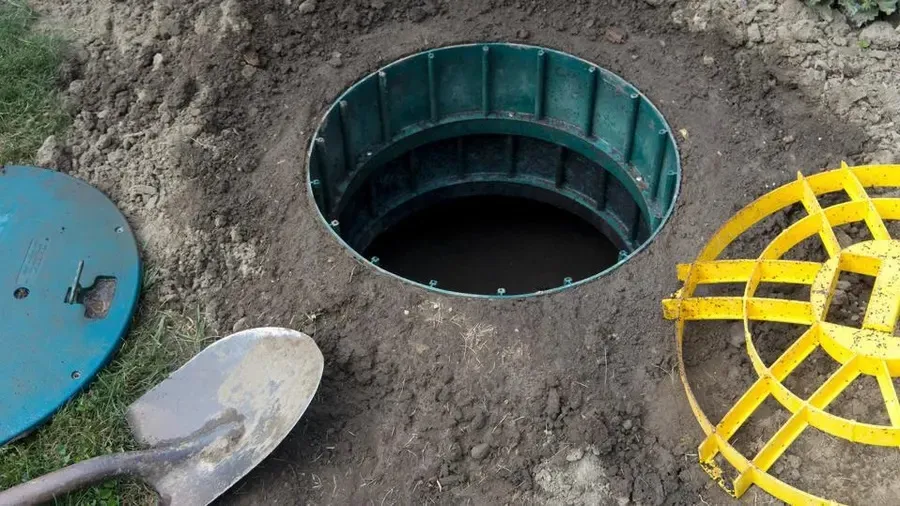Maintaining a septic system is a critical aspect of responsible homeownership. While routine septic tank pumping should ideally be performed by professionals, homeowners can encounter issues that require immediate attention and troubleshooting. Knowing how to identify common septic tank problems and their DIY fixes can help you avoid costly repairs and ensure your septic system’s proper functioning. In this article, we will explore common septic tank issues and provide DIY troubleshooting tips and fixes to address them.
1. Slow Drains and Toilets
Issue: Slow drains in sinks, showers, or toilets can be an early indicator of a septic tank problem. It often suggests that the septic system is becoming overloaded with solids, hindering the flow of wastewater.
DIY Fix: Start by reducing water usage in your home to relieve the strain on your septic system. Avoid running multiple appliances simultaneously, fix any leaking fixtures, and consider installing low-flow toilets and faucets. If the problem persists, it may be time to schedule a professional septic tank pumping to remove accumulated solids and restore proper flow.
2. Foul Odors
Issue: Unpleasant odors around your septic tank or drain field are a clear sign that something is amiss. These odors can result from a buildup of sludge and scum in the tank or problems in the drain field.
DIY Fix: Inspect the area around your septic tank and drain field for any signs of sewage leaks or standing water. Ensure that the tank’s access cover is tightly sealed. If you notice any visible issues, such as sewage backups or standing water, it’s crucial to contact a septic professional for a thorough assessment and repairs.
3. Gurgling Drains
Issue: Gurgling sounds in drains or toilets when water is used elsewhere in your home can indicate a blockage or air venting problem in your plumbing system. This can be connected to septic tank issues if the blockage is near the tank or drain field.
DIY Fix: Attempt to clear minor blockages using a plunger or drain snake. Ensure that all plumbing vents on your roof are clear of debris, as blocked vents can lead to gurgling sounds. If the problem persists, it’s advisable to consult a plumber or septic professional to identify and resolve the issue.
4. Sewage Backup
Issue: Sewage backup is a severe and alarming problem that can occur if your septic tank is full or experiencing blockages. It can lead to unsanitary conditions and property damage.
DIY Fix: In the event of sewage backup, it’s essential to stop using water in your home immediately to prevent further backup. Contact a septic professional for emergency pumping and repairs. Attempting to address sewage backup on your own is not recommended due to health and safety risks.
5. Lush Grass Over Drain Field
Issue: While it may seem like a sign of a healthy lawn, an unusually lush and green area over your drain field can indicate problems. This can be a result of the drain field becoming saturated with effluent due to a clogged septic tank or drain field pipes.
DIY Fix: Reduce water usage in your home to alleviate the strain on your septic system. Avoid excessive irrigation in the area above the drain field. If the issue persists or worsens, contact a septic professional to assess the drain field’s condition and address any potential problems.
6. Standing Water or Wet Spots
Issue: Standing water or wet spots in your yard near the septic tank or drain field can indicate a problem with your septic system, such as a leak, a broken pipe, or drain field failure.
DIY Fix: Inspect the area carefully and look for any visible issues, such as damaged pipes or signs of sewage leaks. Ensure that the tank’s access cover is securely sealed. If you identify any problems or if the standing water persists, consult a septic professional to diagnose and repair the issue.
7. Septic Alarm Activation
Issue: Some septic systems are equipped with alarms that activate when there is a problem, such as high water levels in the septic tank or pump failure.
DIY Fix: If your septic alarm goes off, it’s a clear indication of an issue that requires attention. Check the alarm panel for any error codes or messages and consult your system’s manual for guidance. In most cases, it’s best to contact a septic professional to diagnose and address the problem.
8. Slow Flushing Toilets
Issue: Toilets that flush slowly or incompletely can be a sign of septic system problems, including a full septic tank or blockages in the plumbing.
DIY Fix: Begin by reducing water usage and avoiding flushing non-biodegradable items. Attempt to clear minor blockages using a plunger. If the problem persists, it’s advisable to contact a septic professional for a comprehensive assessment and potential septic tank pumping.
9. Grass or Weeds Growing on Septic Tank
Issue: Vegetation, such as grass or weeds, growing directly on or around your septic tank can indicate excess moisture and potential drainage problems.
DIY Fix: Trim or remove vegetation growing on or near your septic tank to prevent excess moisture retention. Ensure that the tank’s access cover is securely sealed. If you continue to experience issues, consider consulting a septic professional for further evaluation.
10. Fluctuating Water Levels in Toilet Bowls
Issue: Water levels in toilet bowls that fluctuate frequently or are consistently lower than normal can suggest issues with your septic system, such as a clogged drain line or a septic tank that needs pumping.
DIY Fix: Check for blockages in the toilet’s trap and plumbing lines. Ensure that the toilet’s fill valve is functioning correctly. If the problem persists, consult a septic professional to determine if septic system maintenance or repairs are needed.
Conclusion
Maintaining a healthy septic system is essential for the well-being of your home and the environment. While routine septic tank pumping should be left to professionals, understanding common septic tank issues and their DIY fixes can help you address minor problems and prevent more significant and costly repairs. However, it’s crucial to know your limits and seek professional assistance when dealing with complex or emergency septic system issues to ensure the safety and functionality of your system.




